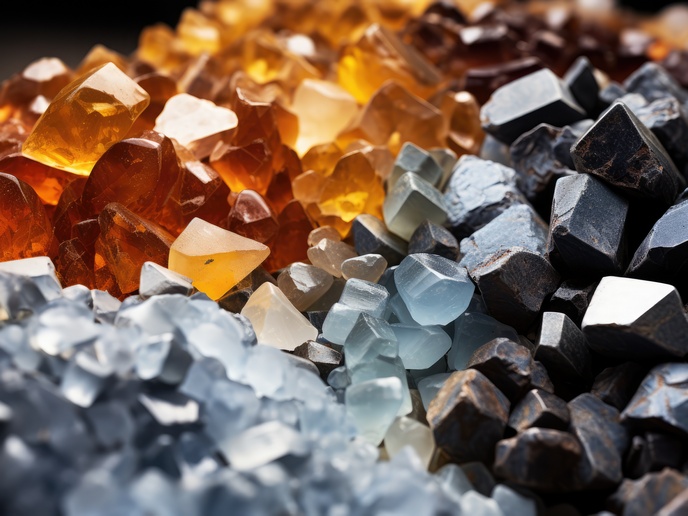Helping Europe secure critical rare earth material supply
The EU-funded REESilience(opens in new window) project was launched to help build a resilient and more sustainable supply chain for rare earth elements (REEs) needed for Europe’s green transition. In a recent analysis, REESilience researchers demonstrate that tapping into even a small share of the world’s low-risk rare earth deposits could greatly lessen Europe’s reliance on imports. Europe relies on REEs for a number of key industries, including renewable energy and electric vehicles. REEs are crucial for manufacturing permanent magnets, semiconductors and other essential components in these technologies. While rare earth sources are available in abundance across the globe, their mining and refining is dominated by one country, China. Europe’s dependence on the world’s second-most populous country for REEs raises concerns about supply chain security and strategic autonomy. In recent years, the EU has made great progress in technologies that can separate, re-process and recycle rare earth magnets. However, there is still a long way to go before it can meet current demand on its own. With this need in mind, REESilience researchers have focused on mapping availability, prices and quantity development of different REE sources not from China for the period between 2022 and 2035. Using available data from literature, industry and expert interviews, and covering both primary sources (mining operations) and secondary sources (recyclable end-of-life products), they have compiled a comprehensive inventory of material sources. Looking at primary sources, the researchers analysed 149 REE deposits worldwide based on their environmental, social and governance (ESG) risk profiles. The results show that exploiting just a few of the world’s low-ESG-risk deposits could solve the EU’s REE supply challenges. “A critical mineral supply chain can only be truly resilient if it is also sustainable, in the broadest sense. That’s why it’s important to consider ESG aspects before exploiting new rare earth deposits,” remarks Maarten Koese of REESilience project partner Leiden University, the Netherlands, in an ‘idw’ news item(opens in new window). According to the analysis, high environmental risks are concentrated in ecologically sensitive zones such as Brazil, central Africa and south-east Asia. Social risks are concentrated in densely populated areas in Africa and southern Asia, and governance risks in places such as Burundi (Africa), Russia and parts of central Asia. Only a small number of deposits, mainly found in western nations, combine low ESG risks with strategic geological characteristics. These are Norway’s Fen complex and some projects in Finland and Sweden, as well as Greenland, which has a number of large, low-risk deposits. Beyond Europe, partnerships with Australia and Canada hold promise.
Eyes on the future
REESilience (Resilient and sustainable critical raw materials REE supply chains for the e-mobility and renewable energy ecosystems and strategic sectors) partner Delft University of Technology, the Netherlands, has also developed a system dynamics model to assess possible future developments in supply and demand and prices. Initial results show that price spikes caused by supply disruptions in the EU can be mitigated by adopting the proposed resilience measures. Delft University of Technology researcher Willem Auping comments: “Simulation modelling of uncertain systems like global metal supply chains can really help with understanding the future challenges of these systems and how to overcome them.” For more information, please see: REESilience project website(opens in new window)



